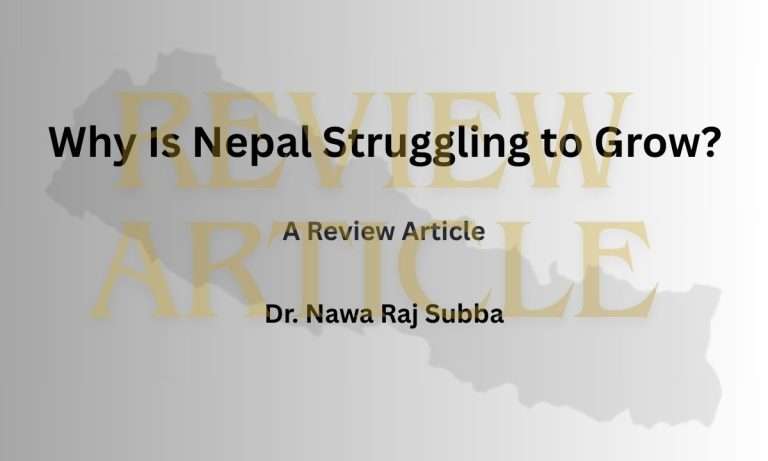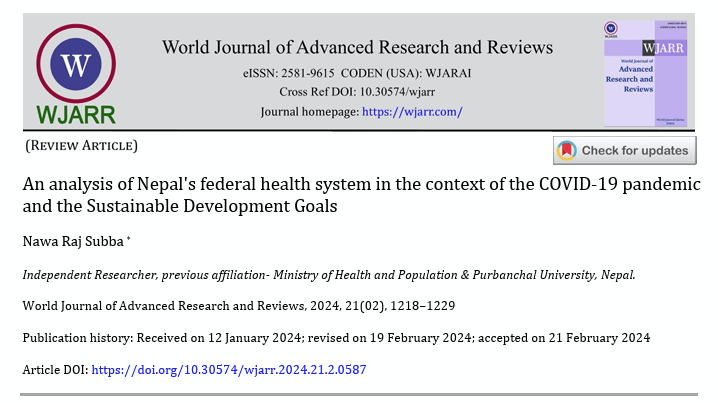Who are Limbu?

The Limbu People of Nepal and India: An Overview
Dr. Nawa Raj Subba
Introduction
The Limbu people, also known as Yakthung, are an indigenous ethnic group primarily residing in the eastern part of Nepal, with a significant population in the Indian states of Sikkim and West Bengal. The Limbu are one of the several groups classified under the Kirati or Kirat, an indigenous community in the eastern Himalayan region. This article provides an overview of the Limbu people’s history, culture, and social dynamics, along with their current status in Nepal and India.
Historical Background
The history of Limbu people goes back to several centuries in the eastern Himalayas. We can trace back to their lineage to the ancient Kirat warriors who once ruled regions. The Kirat dynasty control over Nepal until the Licchavi dynasty seized power in the 4th century CE (Subba, 1999). The Kirat intermingled with Limbu people in the Eastern Nepal (Baral & Tigela, 2008 ).
Throughout history, the Limbu people exercised a high degree of self-governance within their own country, Limbuwan. In the latter half of the 18th century, this governing transformed King Prithvi Narayan Shah of the Gorkha Kingdom and expanded his territories. As a result of the integration of Limbuwan into the Gorkha Kingdom, the Limbu people and the central government engaged in a complex and multidimensional interaction, marked by both opposition and adaptation (Caplan, 1970).
Culture and Social Structure
The Limbu people are now aware of keeping their language, traditions, and religious practices alive to maintain their national identity. The Limbu language, or “Yakthungpan, ” is a fundamental component of the cultural heritage known as the Tibeto-Burman language family. They have a script, “Srijunga.” It disappeared once, but now they have revived it. The Yakthungpan and Sirijunga scripts are being taught in school (van Driem, 2001).
In Limbu culture, religion occupies a key place. The Limbu people have customarily practiced shamanism and animism, which involves worshiping nature and inherited individuals. Their religious practices are intimately linked to their agricultural lifestyle. Chasok Tangnam or Nwangi puja, Udhauli, and Ubhauli are significant festivals and rituals. Nwangi Puja is observed during the harvest season (Bista, 1972). Tibetan Buddhism, Hinduism, animism, and shamanism have influenced Limbu religious practices.
There are clans and subclans found in Limbu people. It is also called “thar.” These clans are their lineage back to shared ancestors. The family system is patrilineal, and inter-clan marriage is not allowed. They resolve their disputes through the Chumlung, a socially formed institution that promotes community harmony (Khatry, 2001).
Khambongba, Tangsangba and Munaphen
The Limbu tribe comprises three distinct groups: Khambongba, Tangsangba, and Munaphen. The Khambongba group is the earliest Kirat, while the Tangsangba and Munaphen groups joined later. Khambongba is recognized as the Kashi Gotra or Bhumiputra—the indigenous people who originally inhabited regions extending from east to west of Nepal. Tangsangba, often identified as Mongols and Munaphen, was associated with Chinese-Tibetan origins and later integrated with the Khambongba Kirat Limbu community (Chemjong, 2003). The Kirat Desh in which Khambongba resided was dominated by the vast majority of Tibeto-Burman speakers, specifically Tangsangba and Munaphen. The Munaphen and Tangsangba factions united to defeat Kirat Desh and establishing the Limbuwan state (Chemjong, 2003).
History shows that Limbu people exhibit a mixed culture and also indicate the Khambongba communities practice Shaivism and animism, while Munaphen and Tangsangba communities adhere to animism and Yuma, respectively (ibid).
Current Status and Challenges
Today, the Limbu people of Nepal are officially acknowledged as an Indigenous ethnic group known as Adivasi Janajati. They are entitled to specific political and cultural rights as stipulated by local legislation. Notwithstanding the existence of these laws, the Limbu people continue to face challenges about land rights, cultural preservation, and political representation. They lost territorial and political rights after the Gorkhas annexed into Nepal in the 18th century. These issues remain contentious today (Subba, 1999).
In India, the Limbu resides in Sikkim and the Darjeeling district of West Bengal in India. They are asking their government to include them into the Scheduled Tribes list. Since they are eligible for advantages to protect their identity and rights in their regions (Sinha, 2006).
Conclusion
Due to cultural and historical reasons, the limbu people occupy a place in Nepali and Indian society. They have many problems in maintaining their history, customs, and identity. In society, They appear to be flexible and adaptable people. At present, they are conscious of confirming the safeguard of the rights and culture of the Limbu people for coming generations. They also face stress while interacting on issues of concern to the Limbu ethnicity. In any case, fully understanding history and current dynamics is a sign of public awareness.
References
Bista, D. B. (1972). *People of Nepal*. Ratna Pustak Bhandar.
Caplan, L. (1970). *Land and Social Change in East Nepal: A Study of Hindu-Tribal Relations*. Routledge.
Chemjong, I.S. (2003). History and Culture of Kirat. Lalitpur, Kirat Yakthung Chumlung.
Khatry, P. (2001). *The Kirat People: A Historical Perspective*. Mandala Publications.
Sinha, A. C. (2006). *Sikkim: Feudal and Democratic*. Indus Publishing Company.
Subba, T. B. (1999). *Politics of Culture: A Study of Three Kirata Communities in the Eastern Himalayas*. Orient Longman.
van Driem, G. (2001). *Languages of the Himalayas: An Ethnolinguistic Handbook of the Greater Himalayan Region*. Brill.
For more reading- click Writer- [email protected] Copyright (c) 2024 Nawa Raj Subba.



